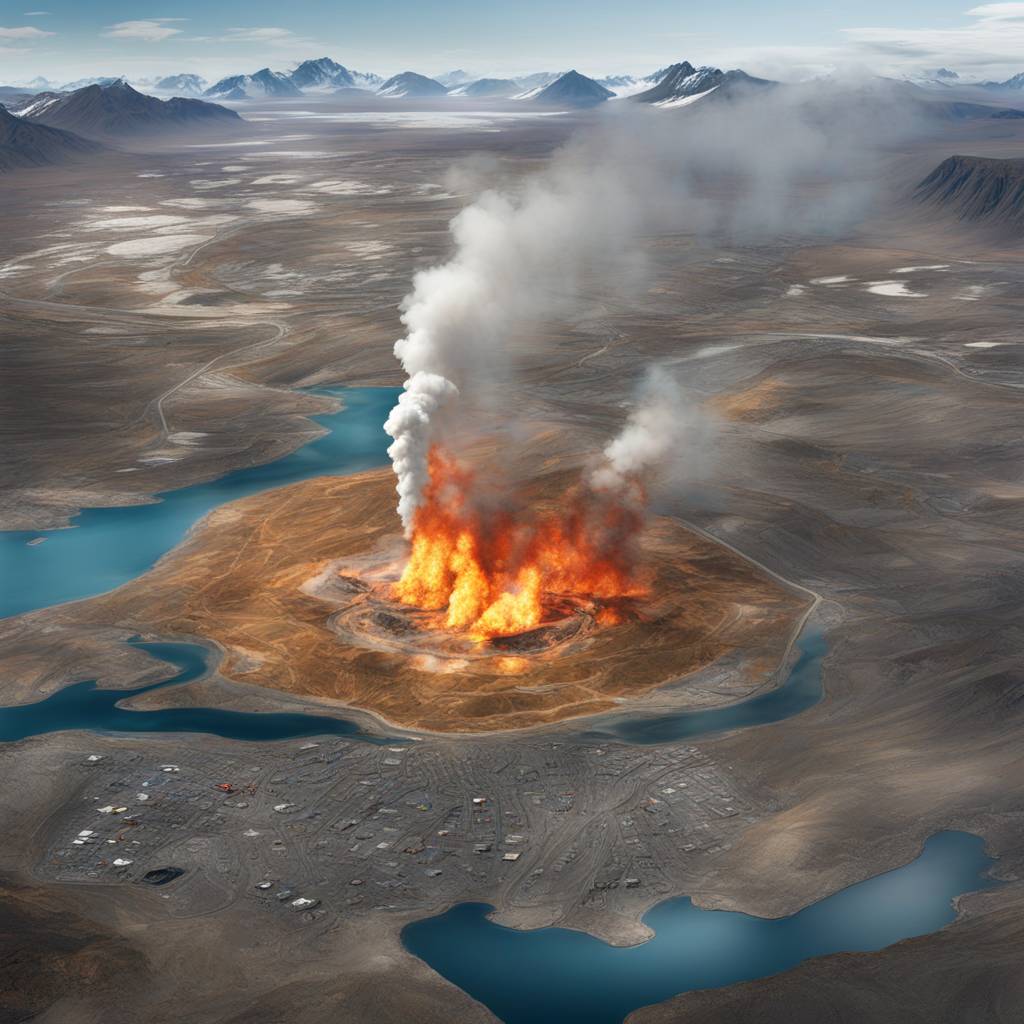A case study conducted in Northwestern Greenland sheds light on the impact of open waste burning on air quality in the region, emphasizing the importance of sustainable air quality monitoring in the Arctic. The study focused on Qaanaaq, a small village with a population of around 600, where the researchers observed an increase in particulate matter (PM2.5) pollution during the summer of 2022. PM2.5 pollution is known to be harmful to human health, with links to respiratory issues, cardiovascular diseases, and premature death. Monitoring PM2.5 levels is essential for assessing air quality and safeguarding public health, particularly in high-latitude regions like the Arctic, where observations are relatively sparse.
The research team, comprising experts from Hokkaido University, the University of Tsukuba, Nagoya University, and NASA, aimed to fill this gap in monitoring by utilizing advanced PM2.5 measurement systems designed for cold regions. Their analysis revealed multiple spikes in PM2.5 levels, primarily attributed to local open waste burning activities in Qaanaaq. While some external sources may have contributed to pollution levels during the early stages of the study, the impact of local pollution sources was found to be significant. The researchers also discovered potential particulate matter depositions from the open waste burning reaching nearby sea areas, underscoring the importance of continuous monitoring to protect not just the air quality in Qaanaaq but also surrounding environments.
Professor Yasunari, the lead researcher, highlighted the significance of the study in understanding the impact of open waste burning on air quality in a previously unstudied Arctic community. He emphasized the need for continuous air quality monitoring, even after the implementation of measures such as incinerators to curb open waste burning. Pollution does not adhere to boundaries or timeframes, making consistent monitoring essential for long-term public health. Yasunari stressed the importance of healthy air for all individuals, including those residing in remote Arctic regions, aligning the study’s findings with the UN Sustainable Development Goals (SDGs) focused on environmental sustainability.
The findings of the study underscore the health risks posed by open waste burning in Northwestern Greenland and highlight the need for comprehensive air quality monitoring in remote Arctic communities. By utilizing advanced measurement systems and combining data analysis techniques, the research team was able to identify the significant impact of local pollution sources on PM2.5 levels in Qaanaaq. As the study opens avenues for future research on environmental science targets, the researchers call for sustained efforts to maintain healthy air for Arctic residents and emphasize the importance of no-one-left-behind sustainable air quality monitoring initiatives to safeguard public health in the region.













